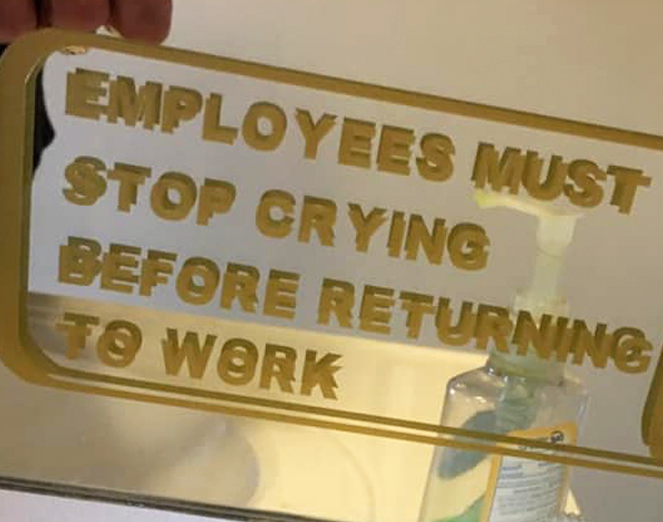

Plants, depending on the year, are really hard to identify even with a trained eye. If an AI algorithm is training on, say, only the blooming season versions of a plant, then it will do a poor job of identifying the plant in the Fall. Same for human submissions, usually they are photographed when they are in bloom.
I teach an environmental science course and we have a lab where I have students use iNaturalist for plant identification but the Fall semester students are always at a disadvantage, we have to crack open the dying plants for identification.













“You see,” my colleague went on, "one doesn’t see exactly where or how to move. Believe me, this is true. Each act, each occasion, is worse than the last, but only a little worse. You wait for the next and the next. You wait for one great shocking occasion, thinking that others, when such a shock comes, will join with you in resisting somehow. You don’t want to act, or even talk, alone; you don’t want to ‘go out of your way to make trouble.’ Why not?—Well, you are not in the habit of doing it. And it is not just fear, fear of standing alone, that restrains you; it is also genuine uncertainty.
From, They Thought They Were Free